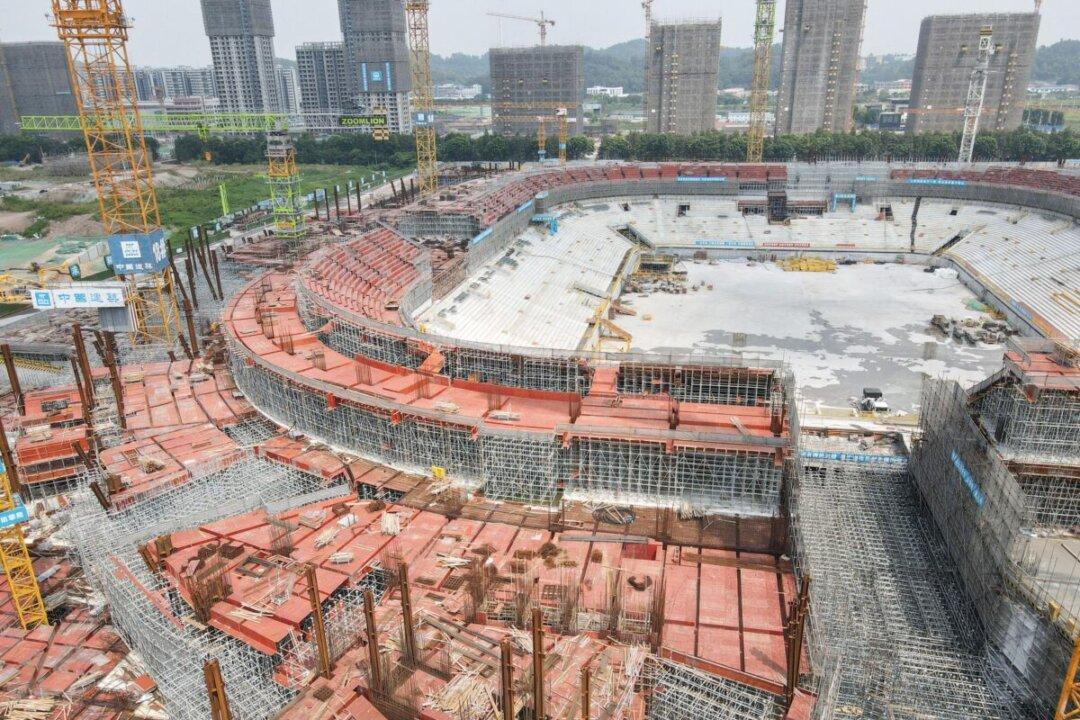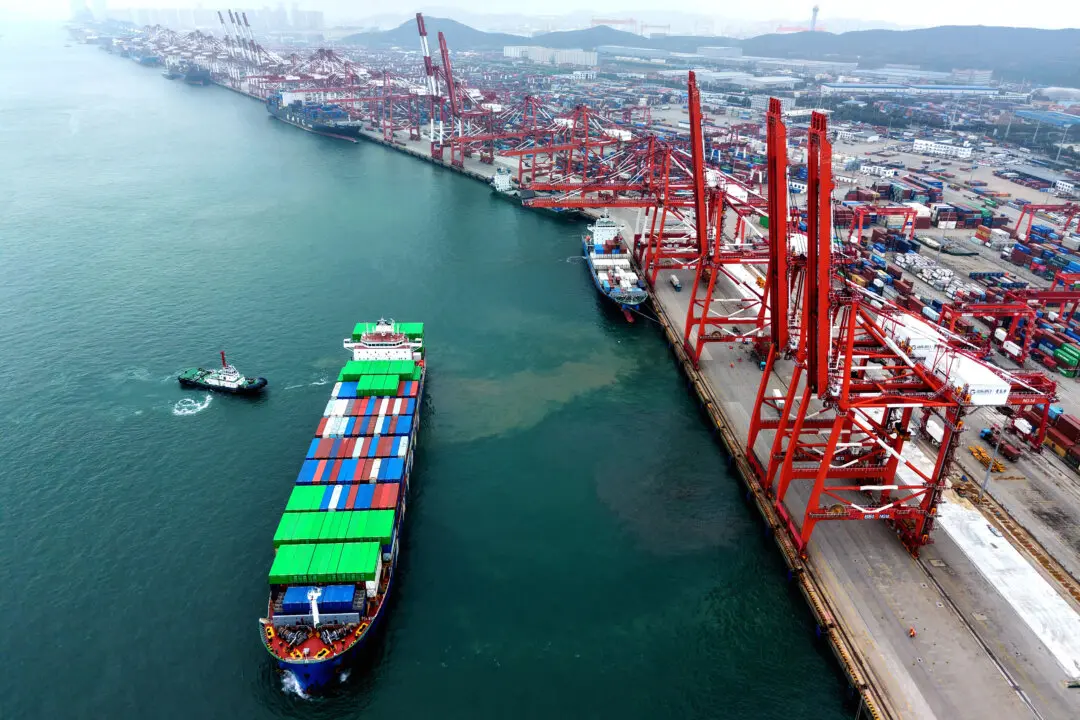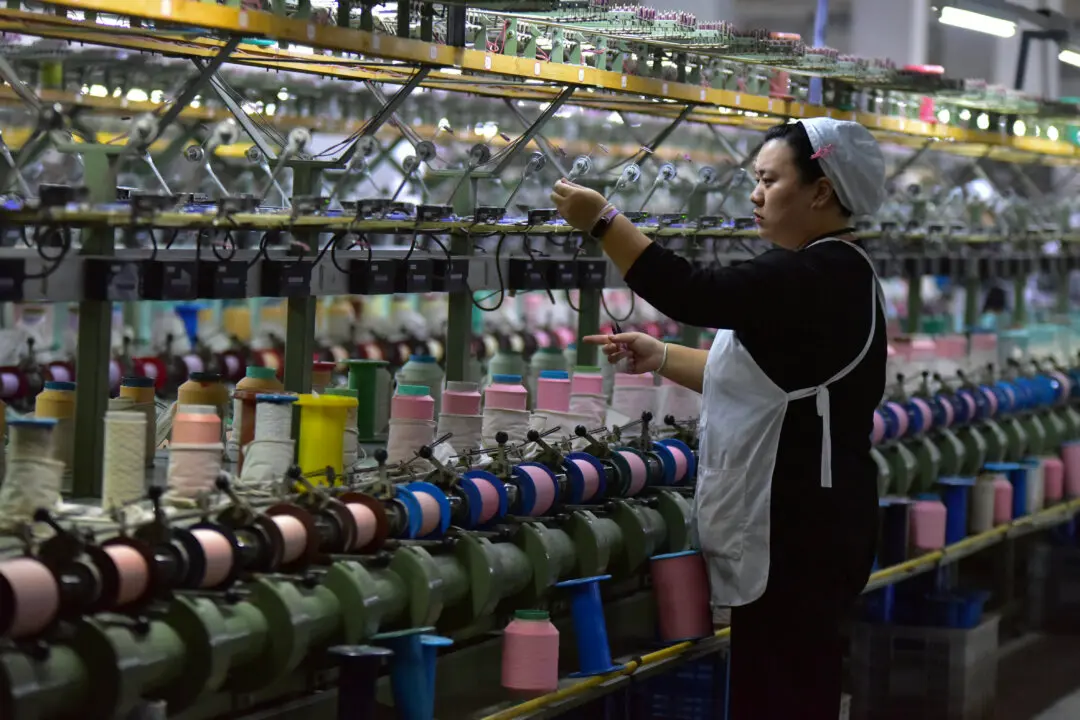Commentary
Thinking About China
Opinion
Local Governments in China Face Huge Problems
Adding to China’s increasingly intense economic and financial problems is how local governments face insolvency and a dangerous public backlash.

Under-construction Guangzhou Evergrande football stadium in Guangdong Province, China, on Sept. 17, 2021. STR/AFP/Getty Images
Milton Ezrati is a contributing editor at The National Interest, an affiliate of the Center for the Study of Human Capital at the University at Buffalo (SUNY), and chief economist for Vested, a New York-based communications firm. Before joining Vested, he served as chief market strategist and economist for Lord, Abbett & Co. He also writes frequently for City Journal and blogs regularly for Forbes. His latest book is “Thirty Tomorrows: The Next Three Decades of Globalization, Demographics, and How We Will Live.”
Author’s Selected Articles




